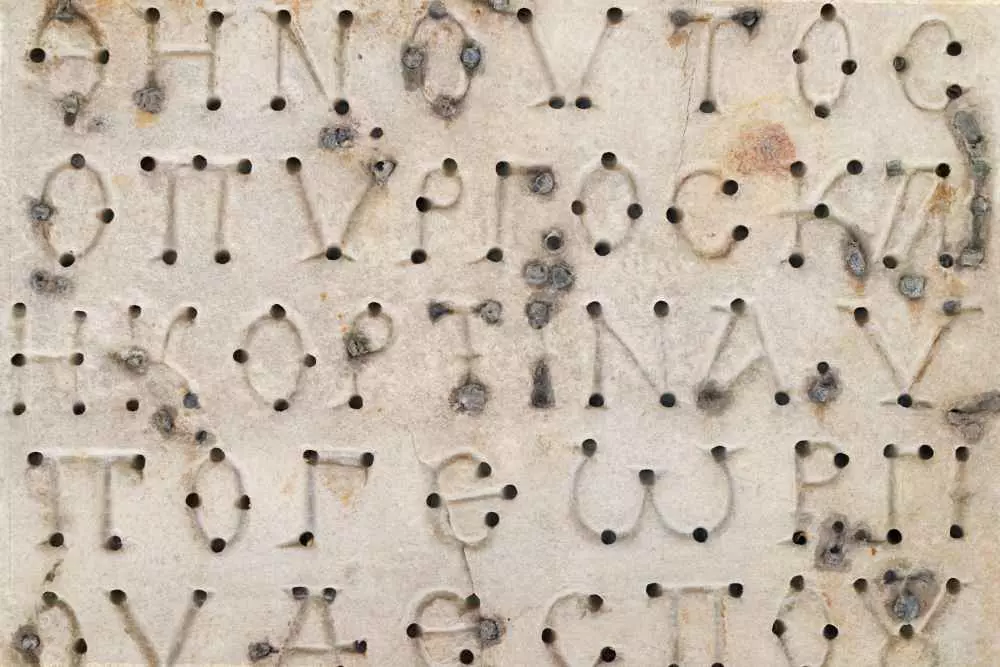The social and historical context of anatomical models
Anatomical models play a key role in understanding the structure of the human body and in medical education. To fully understand how these models have evolved over the centuries, it is useful to examine their social and historical context. From ancient times, when anatomy was a science closely tied to philosophy, to modern imaging techniques that allow us to see the human body like never before, the history of anatomical models shows the changing approaches to science and perception of the human body.
Ancient Greek roots of anatomy
In ancient Greek times, anatomy began to develop as a field of knowledge. Hippocrates, often called the father of medicine, laid the foundation for the systematic study of the human body. His work focused mainly on the practical aspects of medicine, but it was also one of the first steps toward the formal study of anatomy. Greek physicians such as Herophilos and Erasistratos conducted autopsies, which allowed them to better understand the structure of the human body. As a result, the first anatomical models were created, which were theoretical rather than practical representations of the body.
The role of religion in the development of anatomy
The development of anatomical models was closely linked to the rules and restrictions imposed by various religions. During the Middle Ages, in Europe, the Catholic Church dominated scientific research, and autopsies were often viewed as profane. During this period, much knowledge of anatomy was based on outdated texts, such as the works of Galen, which influenced medicine for many centuries. A collective distrust of direct study of the human body resulted in stagnation in the development of anatomical models.
The Renaissance and a new era in anatomy
The Renaissance brought with it a revival of the sciences and a return to the classical sources of knowledge. During this time, anatomy began to be studied anew, with a greater emphasis on experience and observation. Andreas Vesalius, a key figure of the period, perfected dissection techniques and published the landmark work De humani corporis fabrica, which included detailed anatomical illustrations. His work revolutionized anatomy by providing new, precise anatomical models that were far more accurate than earlier developments.
Anatomical models in the 19th century
The 19th century was a time of increasing interest in science and technology. As a result, anatomical models began to be created using new materials, such as plaster and vinyl, which greatly improved their accuracy and realistic appearance. During this time, the first interactive anatomical models were also created, which enabled medical students to better understand the complexity of the human body.
Impact of modern technology on anatomical models
Modern developments in technology, including imaging techniques such as computed tomography (CT) and magnetic resonance imaging(MRI), are revolutionizing the way we view anatomy. Thanks to them, anatomical models are no longer just physical representations of the body, but also virtual models that allow us to examine individual structures in detail. Such innovations enable doctors and medical students to better visualize and understand the complexity of anatomy.
Cultural and social context of anatomical models
In addition to historical aspects, the cultural context in which anatomical models are created and used is also important. Modern society is increasingly opening up to education about health and anatomy, which is fostering greater interest in the subject. Many educational institutions and nonprofit organizations recognize the importance of anatomy education in society, leading to greater availability and variety of anatomical models available to students and the wider public.
Summary
Anatomical models have a rich and complex history, closely linked to social and cultural contexts. From their ancient Greek roots, to the medieval period, to modern technology, the development of anatomical models reflects not only advances in science, but also changes in the way we view the human body and health. As technology continues to evolve, further innovations in this field can be expected, which will certainly influence future generations of doctors and medical students.
